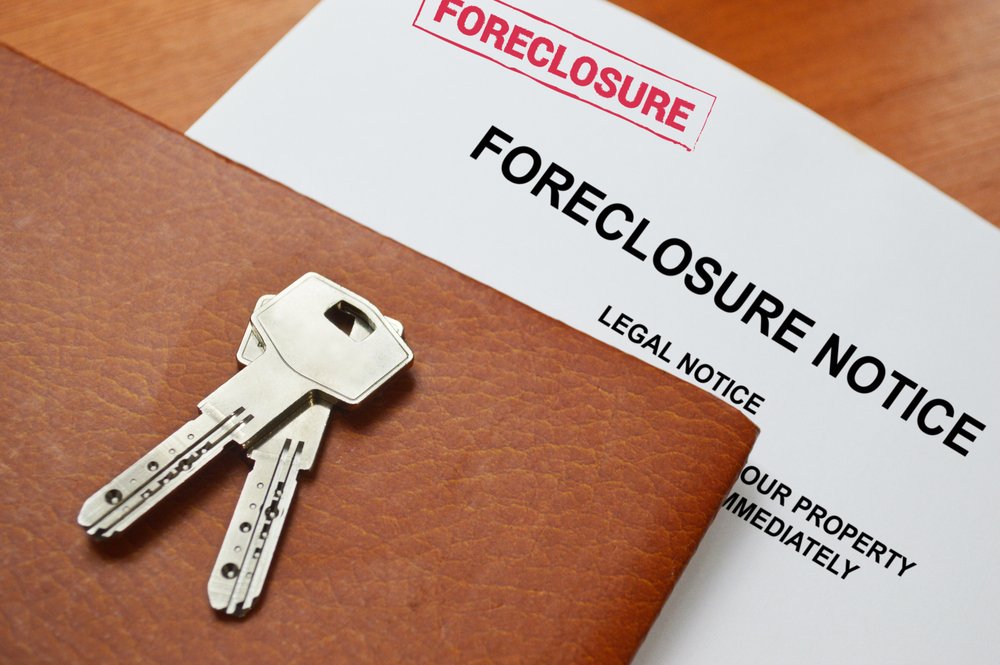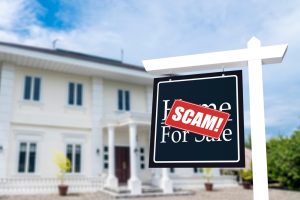Facing the potential loss of one’s home is one of the most stressful experiences a property owner can endure. Foreclosure, the legal process lenders use to reclaim property when a borrower defaults on their mortgage loan, is a complex and often daunting area of law. In New York State, foreclosure is inherently a litigated matter, requiring court intervention from start to finish. Understanding this process, the rights of borrowers, and potential defenses is crucial. Figeroux & Associates, located at 26 Court Street, Suite 701, Brooklyn, NY 11242, offers experienced legal representation to homeowners facing foreclosure. Contact the firm at 855-768-8845 or visit www.askthelawyer.us for dedicated assistance. This analysis explores the key aspects of foreclosure actions under New York State (NYS) and New York City (NYC) law as of April 14, 2025.
New York: A Judicial Foreclosure State
Unlike some states where lenders can foreclose non-judicially, New York mandates that foreclosures proceed through the court system. This means a lender cannot simply seize and sell a property upon default; they must file a lawsuit and obtain a court order. This judicial process provides homeowners with important protections and opportunities to defend their rights.
The Path to Foreclosure: Key Steps and Notices
The foreclosure process doesn’t begin the day a payment is missed. Lenders must follow strict statutory procedures before and during the lawsuit:
- Default: Foreclosure proceedings typically commence after a borrower misses multiple mortgage payments, breaching the terms of the mortgage note.
- Mandatory Pre-Foreclosure Notices: New York law requires specific notices before a lender can sue:
- RPAPL § 1304 90-Day Notice: For loans secured by residential, owner-occupied properties, the lender must send a notice at least 90 days before filing suit. This notice, with highly specific required text (in 14-point font), must inform the borrower they are at risk of foreclosure, state the number of days and amount of the default, list government-approved housing counseling agencies, and warn that legal action may follow if the default isn’t resolved. It must be sent by both certified mail and regular first-class mail, in a separate envelope from any other mailing or notice. Strict compliance with § 1304 is a condition precedent to filing a foreclosure action, and failure by the lender is a strong defense for the borrower. Recent court decisions (e.g., Bank of Am., N.A. v. Kessler, Court of Appeals 2023) clarified that including accurate, non-misleading additional information helpful to avoiding foreclosure (like bankruptcy or military service notices) does not violate the separate envelope rule, but compliance with the statutorily mandated content remains crucial.
- Notice of Default/Right to Cure: The mortgage agreement itself usually requires the lender to send a notice of default, typically giving the borrower 30 days to cure the default before the loan can be accelerated (the full balance declared due).
- RPAPL § 1306 Filing: Lenders must file information about the § 1304 notice electronically with the NYS Department of Financial Services within three business days of mailing it.
- Commencement of the Lawsuit: If the default isn’t cured, the lender files a Summons and Complaint with the Supreme Court in the county where the property is located. A Notice of Pendency (or Lis Pendens) is also filed with the County Clerk, alerting the public that the property is subject to litigation.
- Service of Process: The homeowner must be properly served with the Summons and Complaint according to NY law. Improper service is a potential defense.
- Borrower’s Response (The Answer): Homeowners typically have 20 days (if served personally) or 30 days (if served by other methods) to file an “Answer” with the court. The Answer is critical; it’s where the homeowner formally responds to the lender’s allegations and raises any defenses or counterclaims. Failure to file an Answer can lead to a default judgment in favor of the lender.
Mandatory Settlement Conferences (CPLR 3408)
A key protection for homeowners in New York is the mandatory settlement conference required in foreclosure actions involving owner-occupied homes (CPLR 3408). The court must hold a conference within 60 days after proof of service is filed.
- Purpose: To facilitate discussions between the lender and borrower about potential loss mitigation options – ways to resolve the default and avoid foreclosure.
- Good Faith Negotiation: Both parties are legally required to negotiate in good faith. This means engaging meaningfully to find a resolution, such as a loan modification, short sale, or deed-in-lieu of foreclosure. Courts assess good faith based on the totality of the circumstances, looking for unreasonable delays, failure to provide necessary information, or refusal to consider viable options. Failure by the lender to negotiate in good faith can lead to sanctions, including tolling the accrual of interest and fees, or even dismissal of the case.
Common Foreclosure Defenses
Homeowners have various potential defenses to fight foreclosure:
- Lack of Standing: This is one of the most frequently litigated defenses. The lender (plaintiff) must prove it had the legal right to sue at the time the lawsuit was filed. This generally requires proving physical possession of the original promissory note, endorsed either specifically to the plaintiff or in blank. If the plaintiff cannot prove standing, the case must be dismissed.
- Non-Compliance with RPAPL § 1304: As mentioned, failure to strictly comply with the content, timing, or mailing requirements of the 90-day notice is a complete defense.
- Improper Notice of Default: Failure to send the notice required by the mortgage agreement.
- Statute of Limitations: The lender generally has six years from the date the loan was accelerated (or from the due date of each missed payment if not accelerated) to file the foreclosure action (CPLR § 213(4)). The Foreclosure Abuse Prevention Act (FAPA), effective December 30, 2022, strengthened this defense by largely preventing lenders from unilaterally revoking an acceleration to reset the clock after the statute has expired.
- Payment Disputes/Servicing Errors: Incorrect calculation of amounts due, misapplied payments, or improper fees charged by the loan servicer.
- Failure to Negotiate in Good Faith (CPLR 3408): As discussed above.
- Predatory Lending: Violations of federal or state lending laws (e.g., Truth in Lending Act) at the time the loan was originated.
Loss Mitigation Alternatives
Even during litigation, homeowners can pursue options to avoid losing their homes:
- Loan Modification: Permanently changing loan terms.
- Forbearance/Repayment Plan: Temporarily pausing or reducing payments, or creating a plan to catch up.
- Short Sale: Selling the home for less than the total debt owed, with lender approval.
- Deed-in-Lieu: Voluntarily transferring the property deed to the lender.
Judgment, Sale, and Post-Foreclosure
If the lender prevails, the court issues a Judgment of Foreclosure and Sale. A court-appointed referee conducts a public auction.
- Deficiency Judgments (RPAPL § 1371): If the auction price is less than the total debt owed, the lender may seek a deficiency judgment against the borrower personally for the difference. However, the lender must file a motion within 90 days of the delivery of the deed to the purchaser. Importantly, the deficiency is calculated based on the fair market value of the property at the time of the sale or the sale price, whichever is higher, not just the potentially lower auction price. Many lenders do not pursue deficiency judgments.
- Surplus Funds: If the sale generates more than the debt, the excess funds go first to any junior lienholders and then potentially to the former homeowner.
- Eviction: If the former homeowner remains in the property after the sale, the new owner must bring a separate eviction proceeding.
The Critical Need for Legal Representation
New York’s judicial foreclosure process is intricate, with strict deadlines and procedural requirements. Homeowners facing foreclosure have significant rights and potential defenses, but navigating the system effectively requires legal expertise. Missing deadlines or failing to raise defenses properly in the Answer can have devastating consequences. Experienced attorneys like those at Figeroux & Associates can analyze the lender’s case, identify defenses, represent homeowners in settlement conferences and court proceedings, and help explore all available options to save their homes or mitigate losses. Lenders also require skilled counsel to ensure compliance and navigate potential challenges.
Conclusion
Foreclosure is a serious legal proceeding with profound implications for homeowners in New York. As a judicial foreclosure state, NY provides opportunities for homeowners to defend their rights, negotiate alternatives through mandatory settlement conferences, and challenge lender actions based on standing, notice compliance, and other grounds. Given the complexity of RPAPL § 1304, CPLR 3408, standing requirements, and the potential for deficiency judgments, seeking guidance from knowledgeable legal counsel is paramount. Figeroux & Associates (855-768-8845 | www.askthelawyer.us) stands ready to provide robust defense and strategic advice to New Yorkers facing the challenge of foreclosure as of April 14, 2025.
Click Here to Schedule a Consultation with Figeroux & Associates Today!




